Former professional dancer caters to tourists back home in Tashikurgan
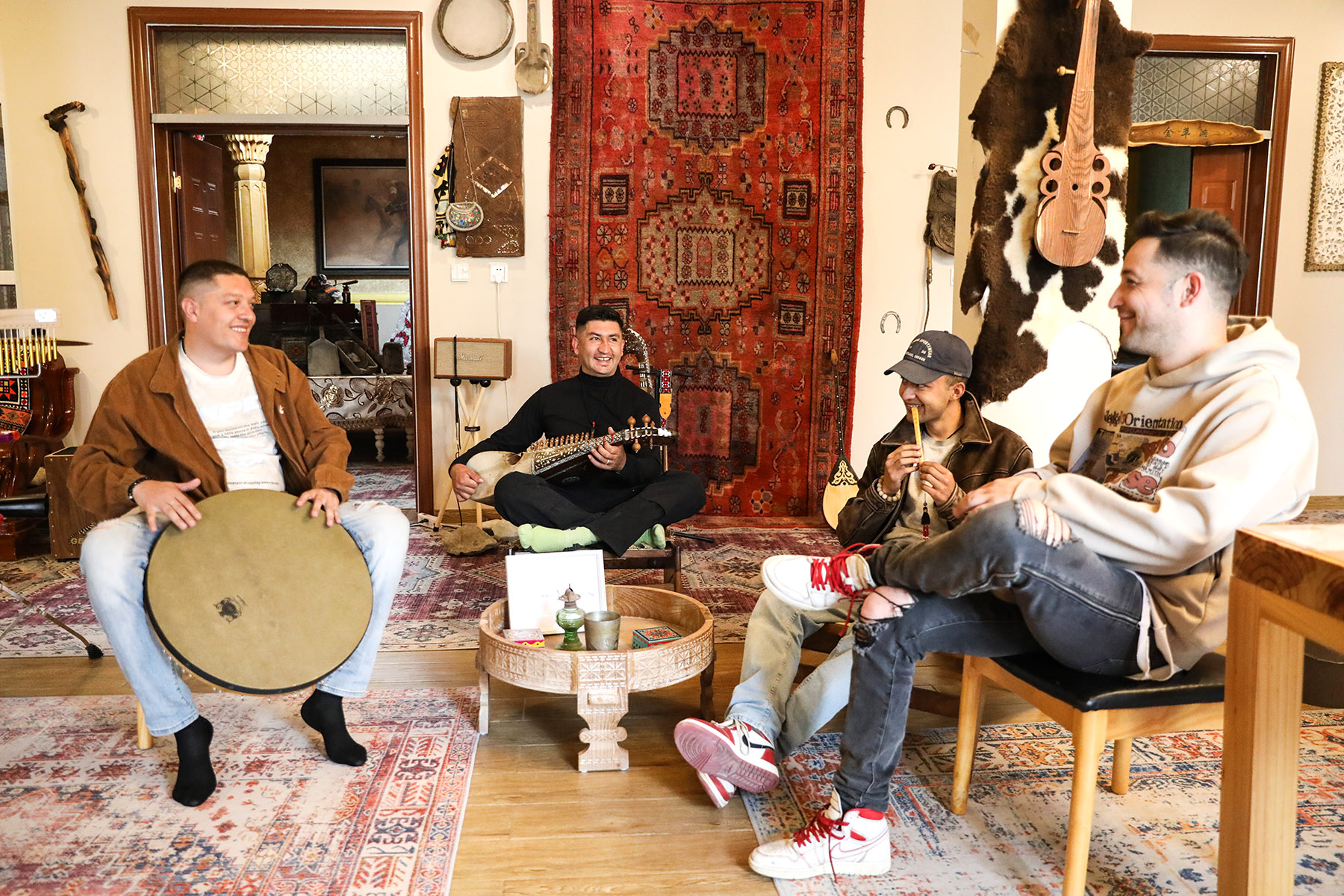
It was nearly 9:30 pm, but the sky above the Pamir Plateau still held the soft glow of the setting sun. In the far west of China, where the borders of Tajikistan, Afghanistan and Pakistan converge, twilight lingers a little longer.
Inside a cozy guesthouse in Tashikurgan Tajik autonomous county, Xinjiang Uygur autonomous region, 31-year-old Abudu Xiamier was teaching a young couple from Tangshan, a city in northern China's Hebei province, the traditional Tajik eagle dance. With steady, sweeping arm movements, he mimicked the flight of an eagle — strong, graceful, and free.
READ MORE: Tashikurgan tourism boom creates new entrepreneurs
For the Tajik people, eagles are not mere symbols; they are living metaphors for heroism, honesty, and strength. The eagle dance, an art form passed down through generations, was officially recognized as a national intangible cultural heritage in 2006.
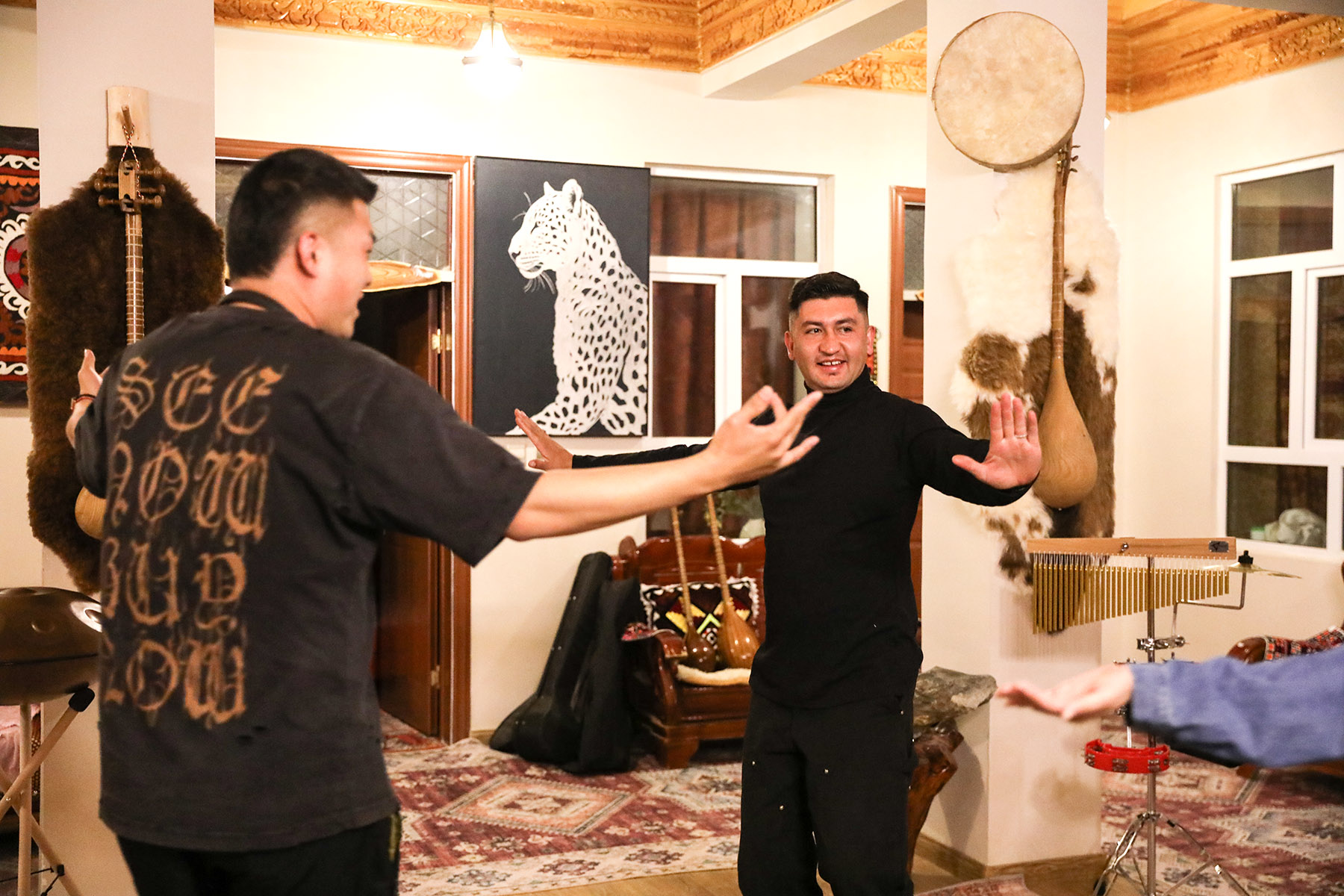
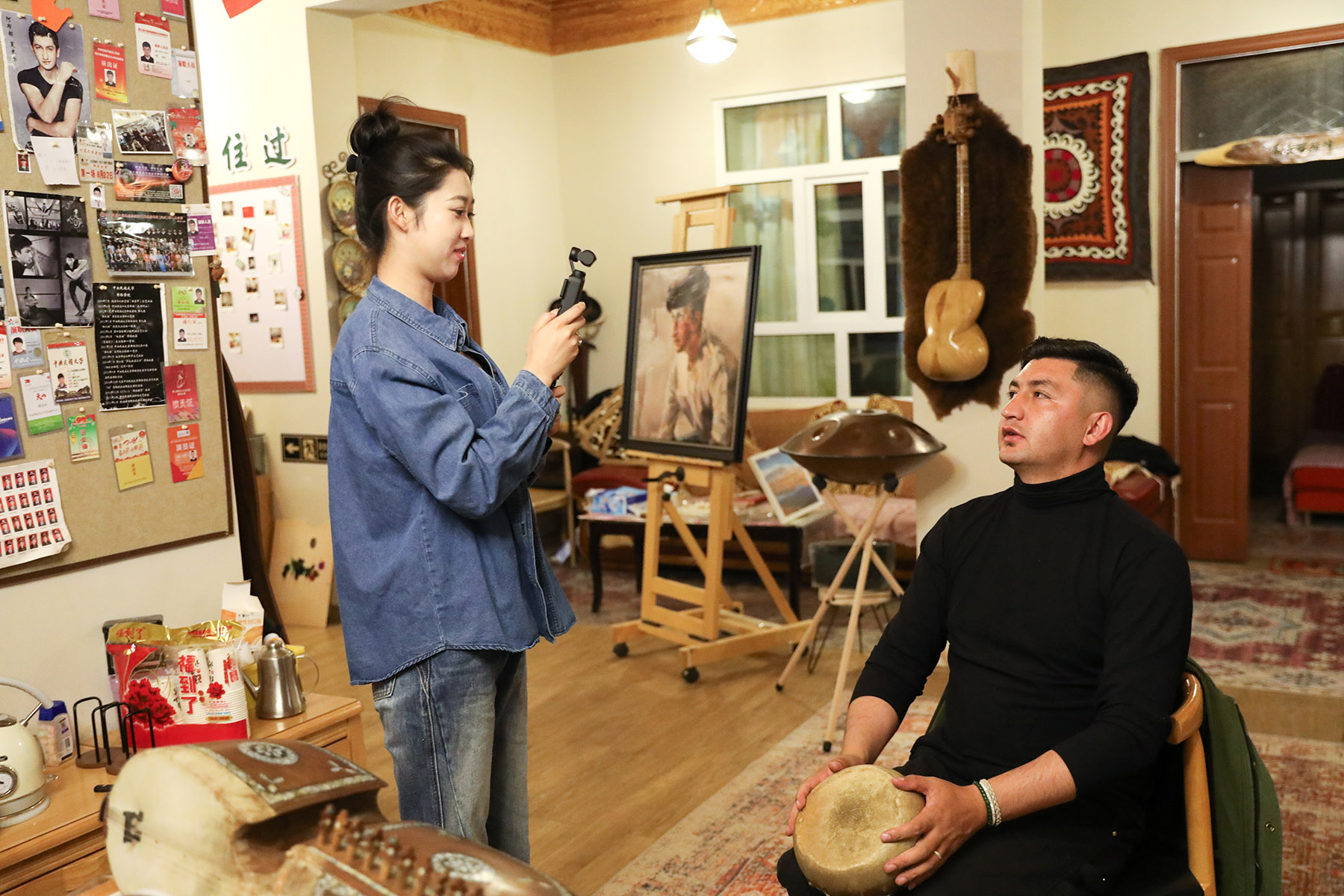
Xiamier's guesthouse is more than a hostel — it is a living museum of culture and memory. A wooden clock carved in the shape of an eagle hangs in a prominent spot. Traditional instruments like the rabab (lute-like instrument) and setar (string instrument) rest in the corners, while richly colored carpets from different decades cover the walls. In one corner hangs a deep red rug from the 1960s — used at his grandfather's wedding, and preserved ever since.
Born and raised in this high-altitude land, Xiamier once left to chase a dream. At 13, he traveled nearly 4,000 kilometers to Zhangjiakou in northern China to study dance. At 17, he was admitted to Minzu University of China — one of the nation's top universities — where he trained to become a professional performer. "Many of my seniors didn't make it, but I did," he recalled with pride.
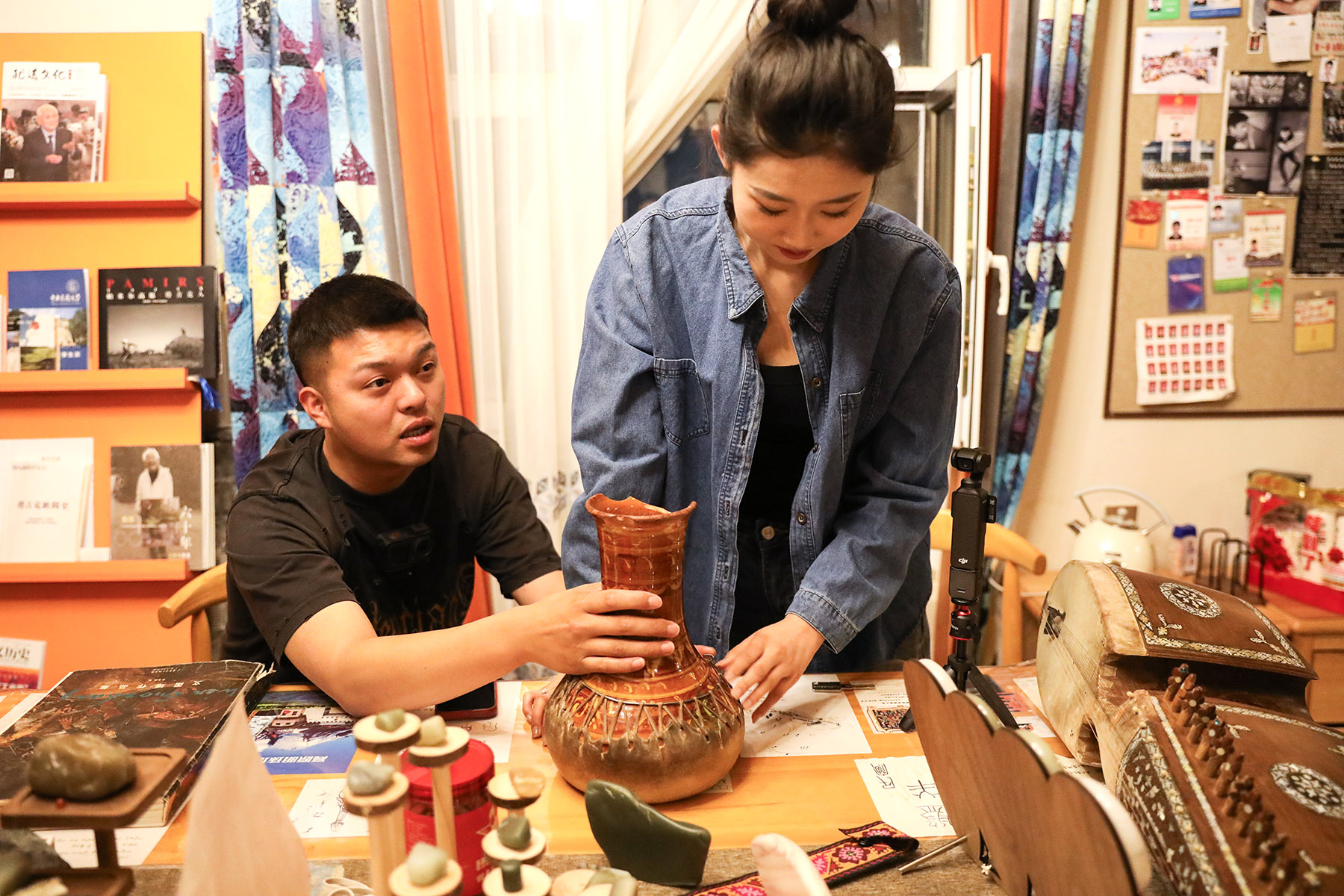
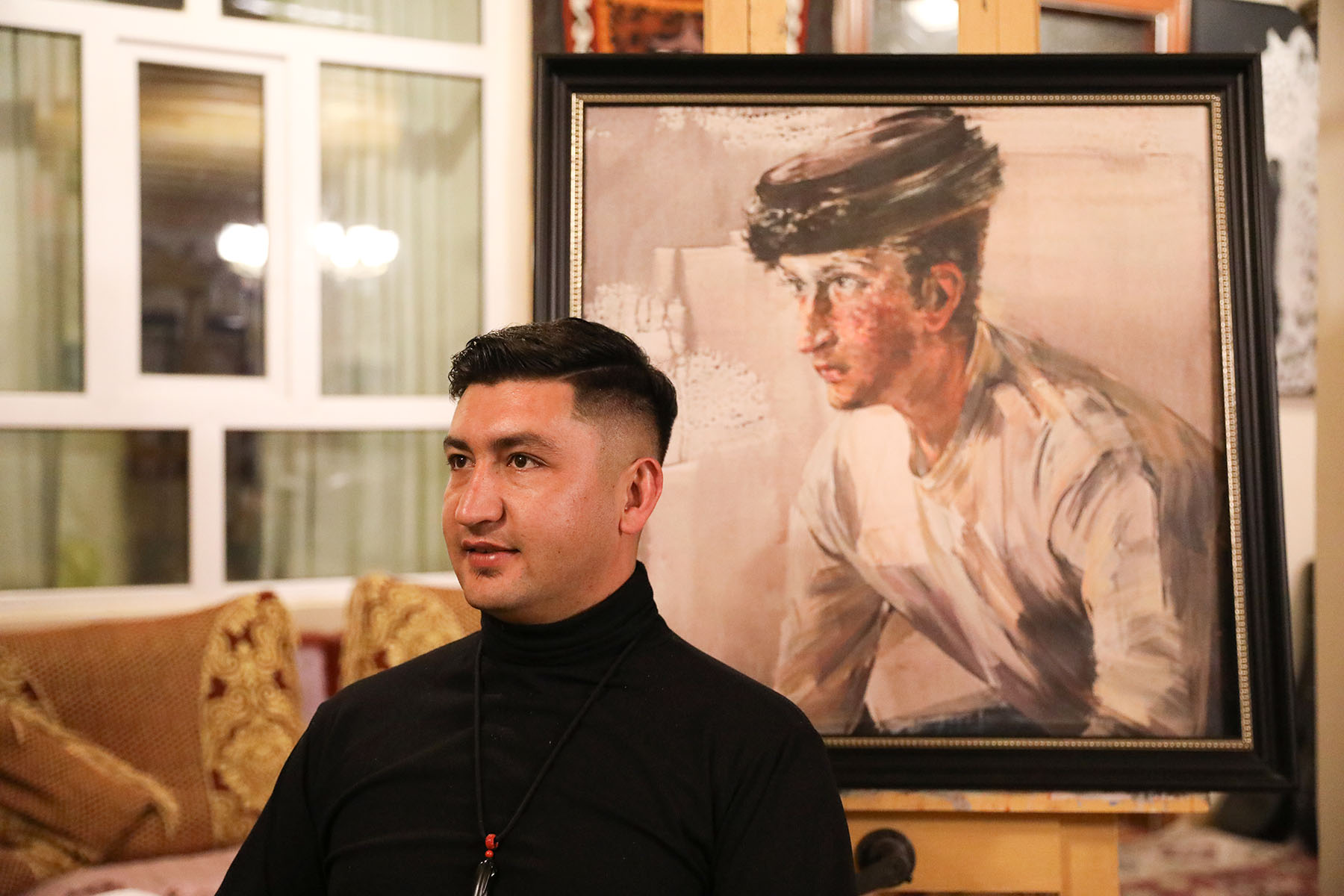
After graduation in 2015, he joined the Xinjiang Production and Construction Corps Art Troupe, gracing stages across the region and beyond. His guesthouse walls now display over 20 performance badges from that chapter of his life — each one a relic of a dance, a tour, a city, a moment. "In total, I have over 2,000 of these," he said, smiling.
But in 2021, everything changed. A severe injury during a performance forced him to leave the stage. While recovering in Urumqi, capital of Xinjiang, his parents traveled more than 1,700 kilometers from Tashikurgan to care for him. "They wanted me to come home," he said. And he did.
With their support, he transformed his grandfather's old house into a guesthouse that blends Tajik tradition with modern hospitality. The inspiration came from his travels, particularly his stays in guesthouses in the Xizang autonomous region, where he once danced and shared stories late into the night with the host and other guests.
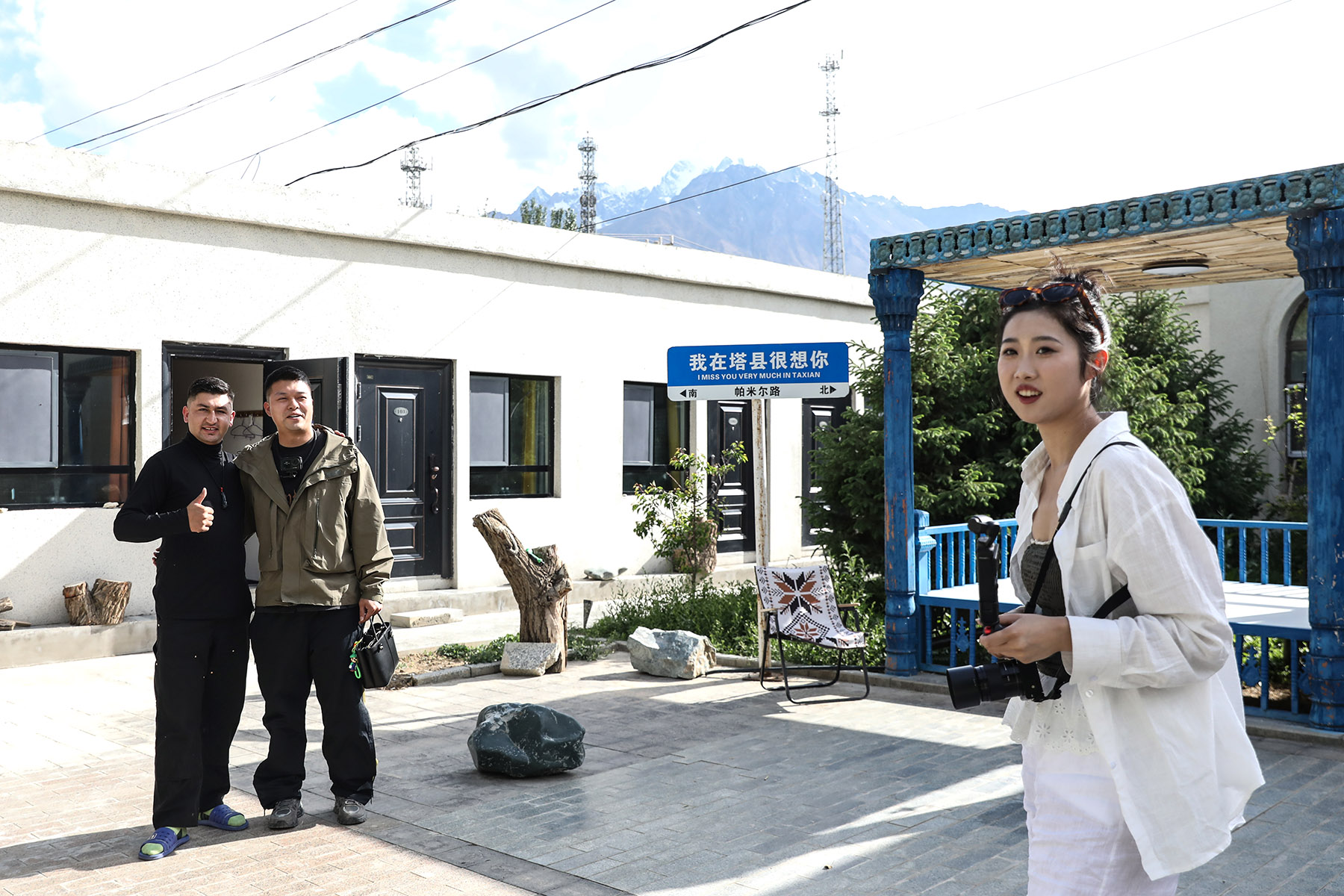
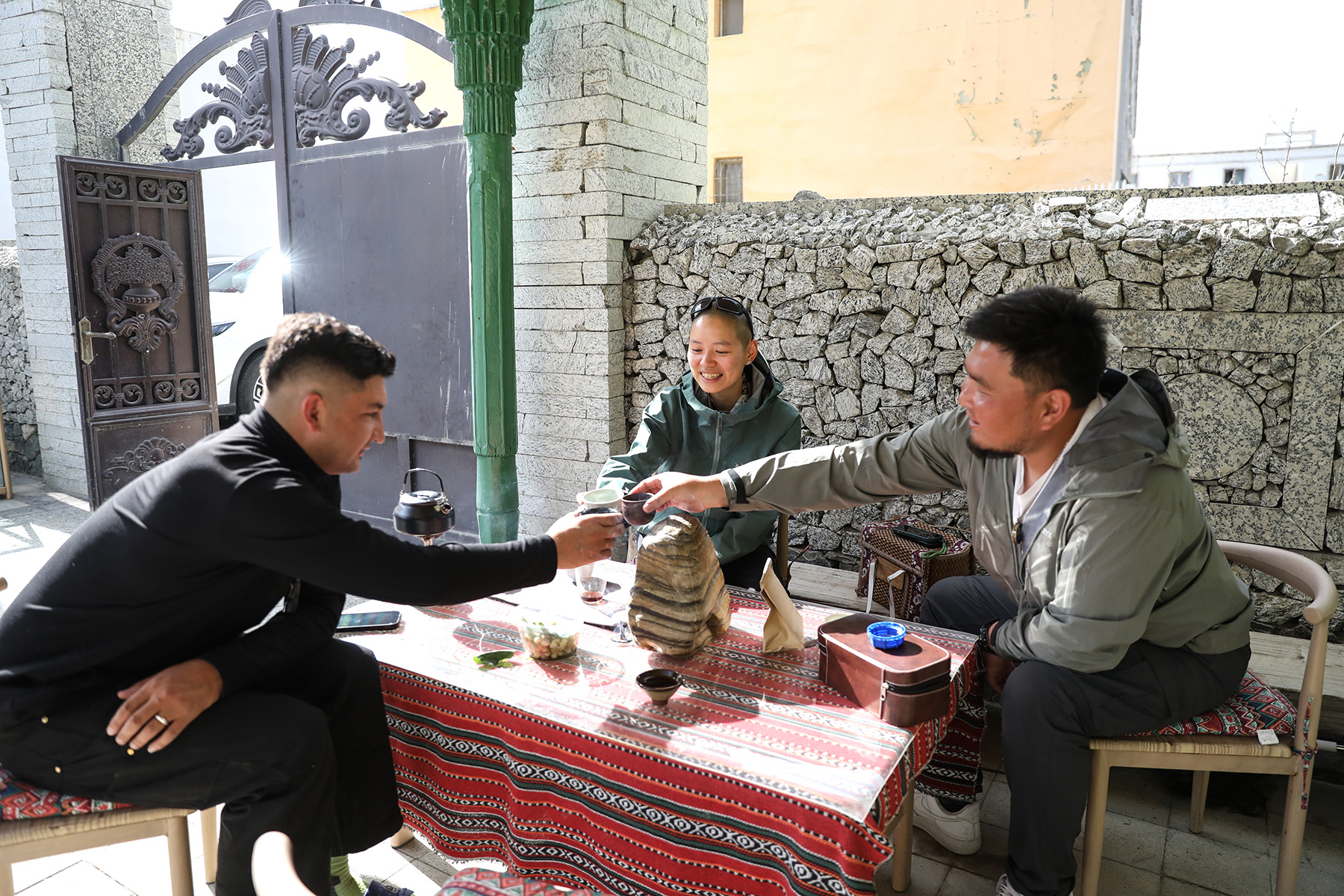
His younger brother, Xiakeer, born in 2000, also found his way back to Tashikurgan after studying in Xiamen, a coastal city more than 4,000 km away in Fujian province. "Things are changing fast here," he said. "We used to travel 300 km to Kashgar for many essentials. Now, most of what we need is available right here in the county."
Indeed, infrastructure and tourism have reshaped this remote corner of Xinjiang. In 2022, the Tashikurgan Khunjerab Airport opened, becoming the region's first high-plateau airport. Visitors now flock here to witness the stunning Pamir landscapes and experience Tajik culture firsthand.
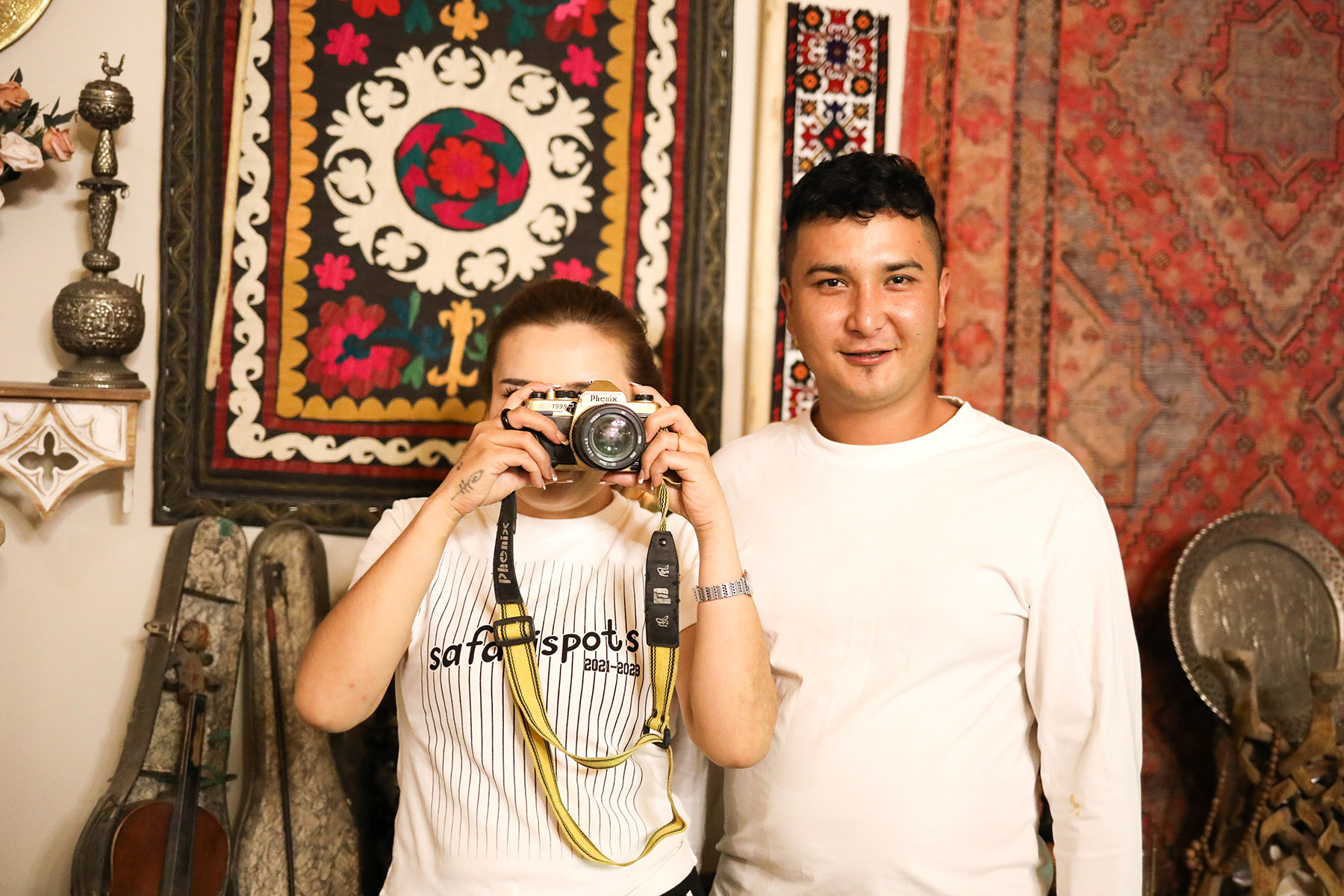
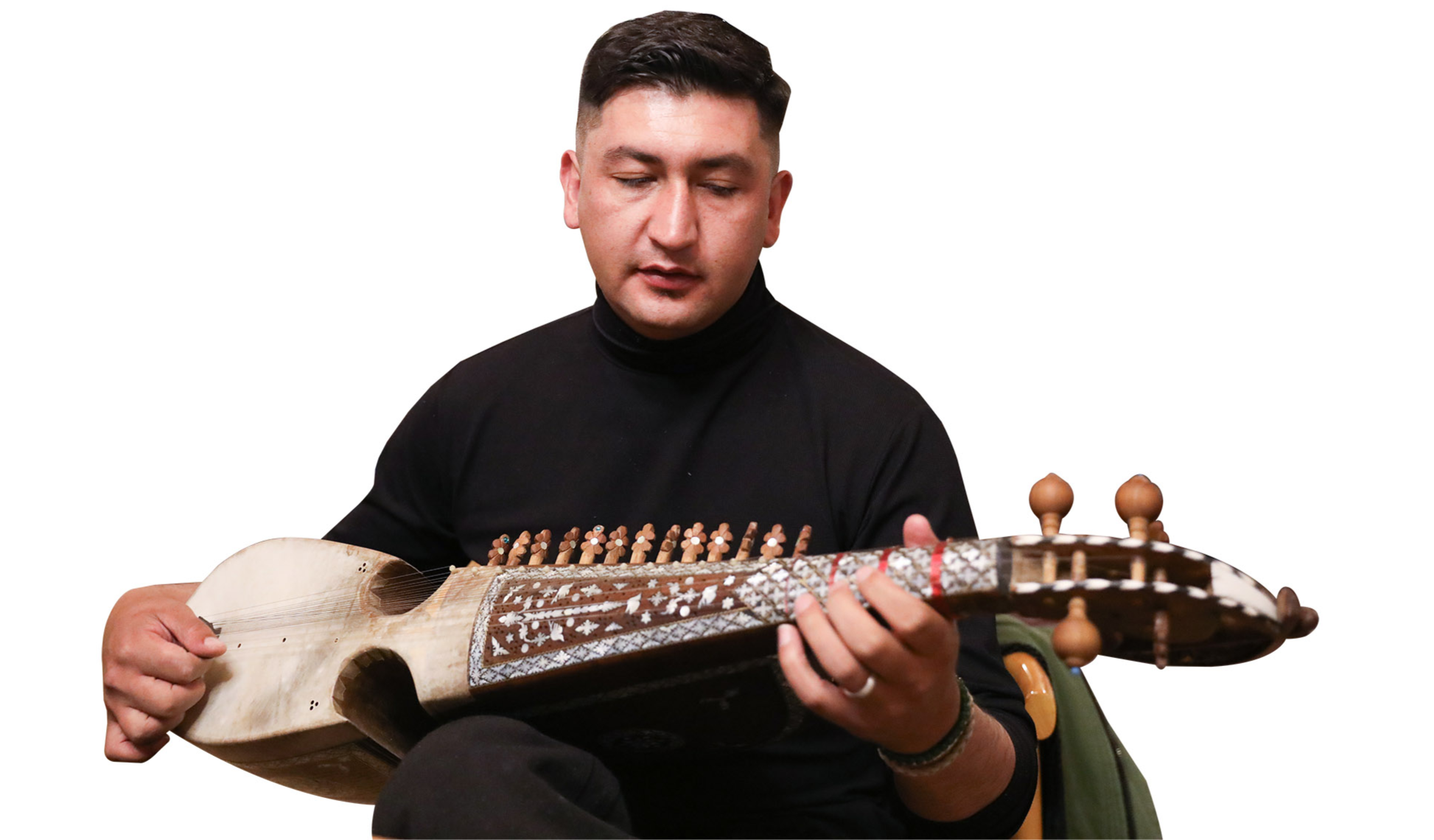
Xiamier said that he sometimes misses the stage — the spotlight, the energy, the audience. "But life now is also full of meaning," he said. "I meet people from all over China — some are curious about Tajik customs, others are fascinated by the structure of our old houses, or the intricate wood carvings. Many say it reminds them of their childhood."
ALSO READ: Documentary milks universal connections
In the evenings, the guesthouse comes alive with laughter, music, and dancing. Xiamier, once a professional performer on national stages, now plays traditional instruments he taught himself — rabab and eagle flute — and invites guests to join in. The warmth of the room, bathed in amber light, becomes a space of connection: between past and present, tradition and reinvention, guest and host.
Contact the writer at wuxiaohui@chinadaily.com.cn


